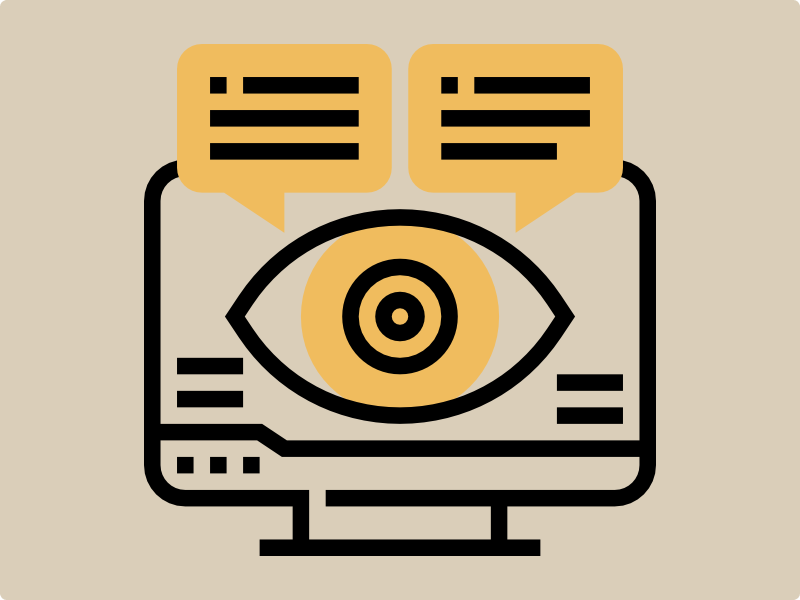Computer vision is a field in computer science and artificial intelligence that works to transform how machines perceive and interpret visual information. It encompasses a broad range of techniques for computers to extract meaningful insights from images and videos, akin to human visual perception. In this article, we delve into the fundamental types of computer vision techniques that form the backbone of many applications today. From image segmentation and object detection to facial recognition and feature matching, each technique serves distinct purposes in analyzing and understanding visual data. By understanding these techniques, one gains a deeper insight into the capabilities and potential applications of computer vision systems in diverse domains.
Let's start with a break down each of the main types of computer vision techniques:
1. Image Segmentation:
- Image segmentation involves dividing an image into multiple segments or regions to simplify its representation and make it easier to analyze. The goal is to partition an image into meaningful parts, such as identifying objects or boundaries within the image. Segmentation can be either semantic, where pixels are grouped based on semantic meaning (e.g., separating objects like cars, trees, or people), or instance-based, where each object instance is identified and segmented separately.
2. Object Detection:
- Object detection is the process of locating and classifying objects within an image or video frame. It involves identifying the presence of objects in an image and determining their location and extent. Object detection typically involves two main tasks: localization (identifying where the object is located in the image) and classification (assigning a label or category to the detected object). Common approaches include techniques like sliding window detection, region-based methods (e.g., R-CNN, Faster R-CNN), and single-shot detection (SSD) frameworks.
3. Facial Recognition:
- Facial recognition is a specific application of object detection focused on identifying and verifying individuals based on their facial features. It involves detecting faces in images or videos, extracting facial features (such as eyes, nose, and mouth), and comparing them against a database of known faces. Facial recognition systems use techniques like feature extraction, face detection, and face matching algorithms (e.g., Eigenfaces, Fisherfaces, deep learning-based approaches) to perform identification or verification tasks.
4. Edge Detection:
- Edge detection is a technique in computer vision used to identify the boundaries of objects within an image. The goal is to find significant changes in intensity or color in the image, which often correspond to edges or boundaries between objects. Some of the most common edge detection techniques include Canny edge detector, Sobel, and Laplacian of Gaussian. These algorithms work by highlighting regions of high gradient magnitude in the image, which typically correspond to edges.
5. Pattern Detection:
- Pattern detection refers to the process of recognizing and identifying repeated structures or patterns present in images. Patterns can include textures, shapes, or any regular arrangement of visual elements. Pattern detection algorithms analyze the spatial relationships and distribution of features within an image to identify similarities or patterns. Common techniques include template matching, local binary patterns, and scale-invariant feature transform.
6. Image Classification:
- Image classification is the task of assigning a label or category to an entire image based on its contents. It involves training a model to recognize and distinguish between different classes or categories of objects within images. Convolutional Neural Networks (CNNs) have been particularly successful in image classification tasks, as they can automatically learn hierarchical features from raw pixel data. Techniques like transfer learning allow leveraging pre-trained CNN models on large datasets to perform image classification tasks with limited labeled data.
7. Feature Matching:
- Feature matching involves identifying and matching distinctive features or key points between images. These features can be points, corners, or regions in the image that are invariant to changes in scale, rotation, or illumination. Feature matching is often used in applications such as image alignment, panoramic image stitching, and object recognition. Common algorithms for feature matching include Scale-Invariant Feature Transform (SIFT), Speeded-Up Robust Features (SURF), Oriented FAST, and Rotated BRIEF (ORB). These algorithms detect and describe local features, which are then matched between images to establish correspondences.
Conclusion
To sum things up, each of these computer vision techniques plays a crucial role in various applications, from basic image processing tasks to complex applications such as autonomous driving, medical imaging, and augmented reality. Understanding these techniques and their underlying principles is essential for developing effective computer vision systems.
If you found this article helpful, please consider sharing it with others and subscribing to receive more content like this.





